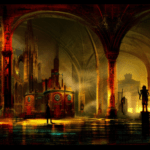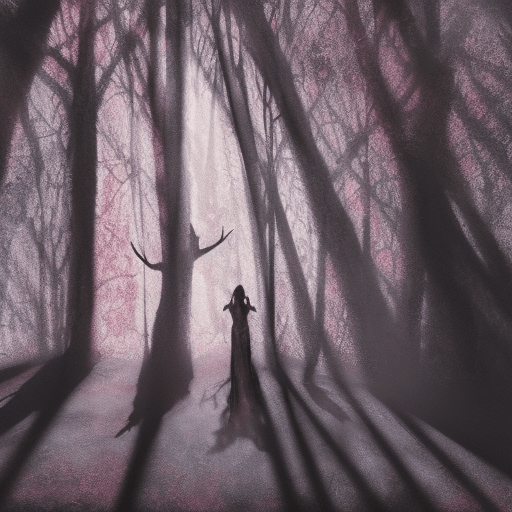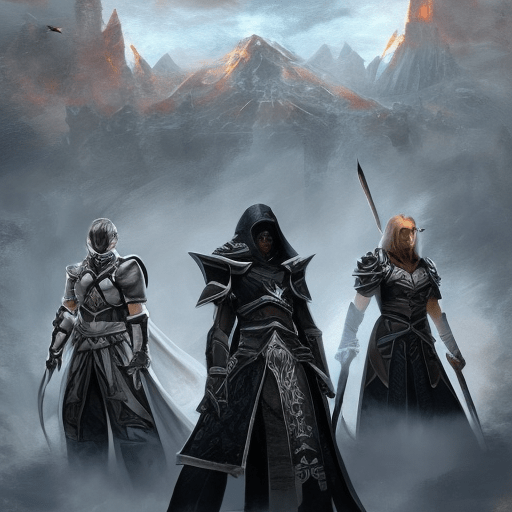Battleship Potemkin (1925) – A Revolutionary Masterpiece
Main Cast and Crew:
- Director: Sergei Eisenstein
- Writer(s): Nina Agadzhanova-Shutko, Sergei Eisenstein
- Key Actors: Aleksandr Antonov (Grigory Vakulinchuk), Vladimir Barsky (Captain Golikov), Grigori Aleksandrov (Chief Officer Giliarovsky)
- Music Director: Edmund Meisel
- Director of Photography: Eduard Tisse
- Producers: Jacob Bliokh, Grigori Aleksandrov
Plot:
Battleship Potemkin is a historical drama that portrays the 1905 mutiny on the Russian battleship Potemkin against the oppressive Tsarist regime. The film is divided into five acts, each depicting a significant event in the uprising.
The story begins with the sailors aboard the Potemkin enduring harsh conditions and mistreatment by their officers. When they are served rotten meat, the crew refuses to eat, sparking a mutiny led by the charismatic Grigory Vakulinchuk. The sailors take control of the ship and raise the red flag of revolution.
As news of the mutiny spreads, the citizens of Odessa, inspired by the sailors’ bravery, join the cause. However, their peaceful demonstration on the Odessa Steps is met with brutal force from the Tsarist troops. The massacre on the steps becomes one of the most iconic sequences in cinema history, showcasing Eisenstein’s mastery of montage and his ability to evoke powerful emotions.
The film reaches its climax as the Potemkin sails towards the port of Odessa, where the citizens await their arrival. The people, united in their struggle against oppression, cheer for the sailors, creating a powerful symbol of solidarity.
Themes and Motifs:
Battleship Potemkin explores themes of revolution, oppression, and the power of collective action. Eisenstein uses the film to highlight the injustices faced by the working class and the need for unity in the face of tyranny. The motif of stairs and steps represents the ascent towards freedom and the struggle against oppression.
Reception and Legacy:
Upon its release, Battleship Potemkin faced censorship and controversy due to its revolutionary message. However, it quickly gained international acclaim for its innovative filmmaking techniques and its portrayal of the struggle against oppression.
The film’s impact on cinema cannot be overstated. Eisenstein’s use of montage, particularly in the Odessa Steps sequence, revolutionized the language of film editing. Battleship Potemkin inspired generations of filmmakers and remains a touchstone for visual storytelling.
While the film did not receive any awards at the time of its release, it has since been recognized as one of the greatest films ever made. It continues to be studied in film schools and is often included in lists of the most influential movies of all time.
Recommendation:
Battleship Potemkin is a must-watch for cinephiles and anyone interested in the history of cinema. Its powerful storytelling, groundbreaking editing techniques, and its portrayal of the struggle against oppression make it a timeless masterpiece.
Memorable Quote:
“The old world is dying, and the new world struggles to be born: now is the time of monsters.” – Opening title card












